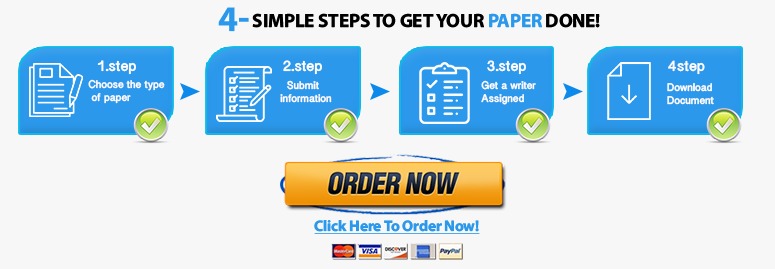1. under the lifo method, the flow of goods through the accounting
1. Under the LIFO method, the flow of goods through the accounting records will:
A) be nearly the opposite of the physical flow of goods through the business.
B) closely match the physical flow of goods through the business.
C) exactly match the physical flow of goods through the business.
D) have no relationship to the physical flow of goods through the business.
2. Under the average cost method, the flow of goods through the accounting records will:
A) be the opposite of the physical flow of goods through the business.
B) closely match the physical flow of goods through the business.
C) exactly match the physical flow of goods through the business.
D) have no relationship to the physical flow of goods through the business.
3. Under the FIFO method, the flow of goods through the accounting records will:
A) be the opposite of the physical flow of goods through the business.
B) closely match the physical flow of goods through the business.
C) exactly match the physical flow of goods through the business.
D) have no relationship to the physical flow of goods through the business.
4. ___________ produces the lowest cost of goods sold and the highest gross profit when prices are increasing.
A) FIFO
B) LIFO
C) Average cost
D) Specific identification
5. __________ produces the highest cost of goods sold and the lowest gross profit when prices are increasing.
A) FIFO
B) LIFO
C) Average cost
D) Specific identification
6. A drawback to using ________________ when inventory costs are rising is that the company reports lower net income.
A) LIFO
B) FIFO
C) average costing
D) specific-identification costing
7. An error in the reported inventory will cause errors in all of the following EXCEPT the:
A) balance sheet.
B) statement of retained earnings.
C) following year’s financial statements.
D) cash account.


